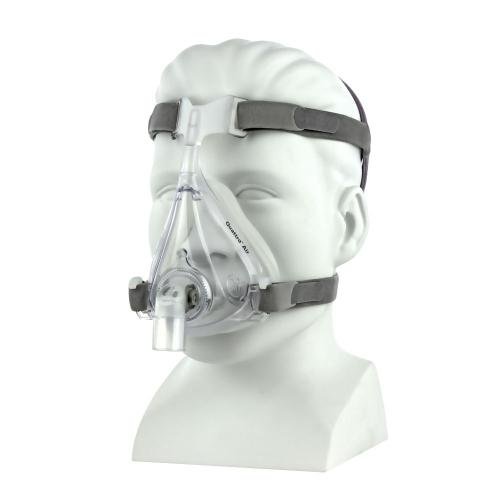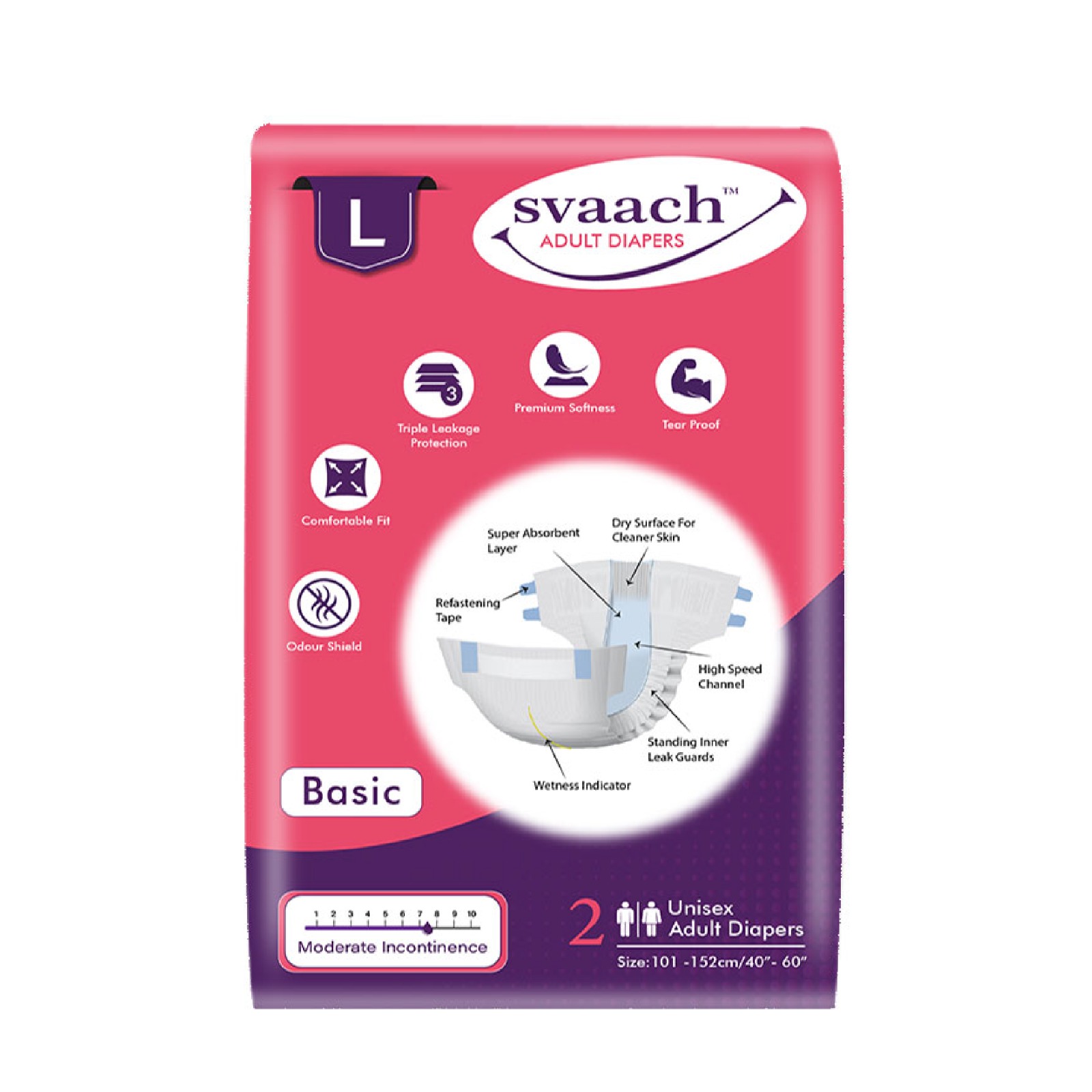Maintaining Long-Term Wellbeing with Nature-Based Therapy
Mental health challenges are on the rise, calling for effective ways to combine physical, emotional, and social methods of care.
Nature-based therapy, which involves spending time outdoors and taking part in structured activities, can noticeably boost both body and mind. Research suggests that enjoying therapeutic activities in green spaces lowers stress and eases depression and anxiety. The calming effect of nature often stems from reduced tension and a brighter mood.
Existing findings highlight the benefits of introducing nature-driven care as part of modern rehabilitation programmes.
Understanding Nature-Based Therapy
Nature-based therapy is a broad concept that covers various green care initiatives, such as therapeutic gardening, horticultural therapy, and other organised outdoor activities.
These approaches make purposeful use of the restorative qualities of nature to improve physical health, emotional wellbeing, and social connections.
Each activity, whether delivered individually or for a group, is carefully arranged to meet specific recovery goals, ensuring that every experience with the outdoors is both meaningful and beneficial.
Key Mechanisms Supporting Recovery
Stress Reduction Theory suggests that spending time in natural environments triggers a calming reaction, quickly easing stress by lowering measures like cortisol and blood pressure.
Nature’s appealing qualities gently shift attention, helping people find a mindful state and break cycles of worry, which supports emotional balance.
Taking part in physical tasks—planting, walking, or other gardening activities—can lift day-to-day functioning by boosting vitality and supporting the immune system.
Together, these factors strengthen recovery by blending physical relaxation with cognitive and bodily improvements, offering an all-round path to resilience and wellbeing.
Evidence of Enhanced Rehabilitation Outcomes
Research shows that bringing nature-based approaches into patient support eases symptoms of depression, anxiety, stress and loneliness. Time spent in soothing green spaces appears to spark mental recovery by lessening emotional strain and encouraging calmness.
Over a sustained period, structured nature-focused programmes have helped people resume everyday routines more quickly. For instance, participants in interventions lasting 24 weeks—compared to those in shorter programmes—were more likely to return to work. This dose-response link points to how a longer duration of nature activities boosts the revival of cognitive and emotional abilities, speeding up the re-establishment of daily habits and work skills.
Patients often describe feeling more satisfied with life and more connected to others during and after these activities. This sense of progress—reflected in improved personal control and better overall wellbeing—highlights the significant impact that nature-based interventions can have on psychological and social aspects of health.
Core Components for Successful Implementation
A supportive physical setting is crucial, demonstrating how the right environment can enhance rehab outcomes. Bringing in greenery and easy-to-reach garden areas adds calm and aids in recovery.
Planned but flexible activities can address a variety of patient needs. Allowing personal pacing and involvement supports each individual’s progress.
Encouraging social bonds in sessions helps counter feelings of isolation. Working together often boosts morale through shared reassurance and achievements.
Measuring and Tracking Progress
Validated self-report measures are essential for monitoring outcomes in nature-based therapy. Standardised tools help practitioners gauge changes in depression, anxiety, stress, and mindfulness, providing valuable data for adjusting treatment.
For instance, scales such as the Mental Health Screening Tools for Depression and Anxiety, the Mindful Attention Awareness Scale, and the Perceived Stress Scale show strong reliability, with improvements often reflecting medium-to-large effect sizes.
Tracking day-to-day activity, social connections, and overall life satisfaction also creates a clearer picture of recovery. Instruments like the Core Life Activities Index and Satisfaction with Life Scale capture shifts in vitality and personal wellbeing, which are key for functional restoration.
Ongoing, standardised reviews of progress are vital for documenting outcomes and revising each person’s targets. Regular evaluations allow therapists to adapt interventions promptly, keeping treatment relevant and effective, which supports steady and lasting gains.
Important Factors for Sustained Benefits
Therapeutic alliances are pivotal in nature-based approaches. A strong, trusting bond between participants and therapists boosts motivation and heightens each session’s impact.
Evidence suggests that solid partnerships lead to better outcomes in depression, anxiety, life satisfaction, and mindfulness. This highlights how vital a reliable alliance can be for maintaining gains.
Ongoing encouragement beyond the initial treatment also matters. Home gardening or regular outings to nearby green areas can prolong the benefits of scheduled sessions.
Meanwhile, it is essential that participants feel safe and supported at all times. Providing secure environments and physical and emotional comfort enables consistent engagement and allows for personalised fine-tuning of activities.
Taken together, these elements underpin lasting progress in mental and emotional wellbeing.
*****






















